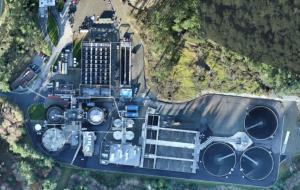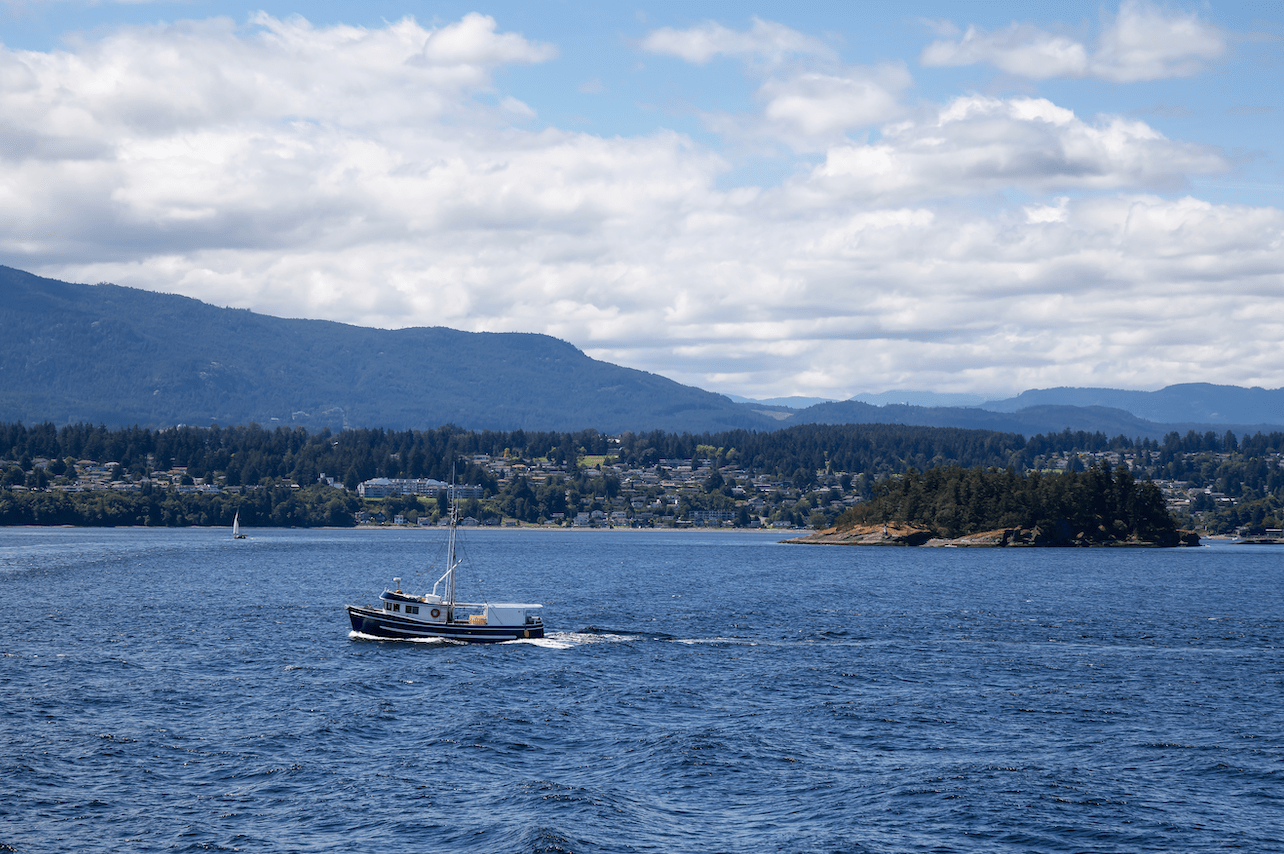
NANAIMO – The Regional District of Nanaimo (RDN) announced the Greater Nanaimo Pollution Control Centre (GNPCC) Secondary Treatment Upgrade Project is complete.
The $82 million upgrade is the largest capital expenditure in the RDN’s history. The project adds secondary treatment to the wastewater treatment process at the facility and increases capacity for our growing communities.
The project was funded in part by a $6 million contribution from the federal Gas Tax Fund which is administered by the Union of BC Municipalities (UBCM) in partnership with the Province of British Columbia.
“The project is a significant contribution to our Environmental Stewardship Strategy as over 99 per cent of the wastewater treated by the RDN now receives secondary treatment,” said Chair Tyler Brown. “The RDN is 10 years ahead of the schedule required by federal regulations for wastewater treatment and we appreciate the federal funding that helped make this important project for our region possible.”
The GNPCC is the largest of four wastewater treatment facilities owned and operated by the RDN and currently serves 100,000 residents and businesses in the City of Nanaimo, District of Lantzville and on Snuneymuxw First Nation land. The facility also treats septage from residential onsite septic systems and wastewater from pump-and-haul properties.
The GNPCC was built in the early 1970’s with primary treatment which uses gravity and time to remove approximately 50 per cent of solids from the wastewater. The secondary treatment infrastructure was built from 2017 to 2020 and uses beneficial organisms which feed on organic matter left after primary treatment.
Primary and secondary treatment combined remove more than 90 per cent of the solids from the wastewater before treated effluent is discharged to the ocean. The RDN uses the solids and biogas produced during primary and secondary treatment to improve local environments and supplement plant operations.
Solids that are extracted during the treatment process are treated further and used to enrich forest soils and reclaim industrial sites. Biogas produced during this process is used to heat the plant. In addition, odours captured around the plant are removed by the new biofilter and carbon filters, improving air quality for neighbouring residents.
In addition to the federal Gas Tax Fund contribution, the project was also funded by reserves, development cost charges and borrowed funds.

